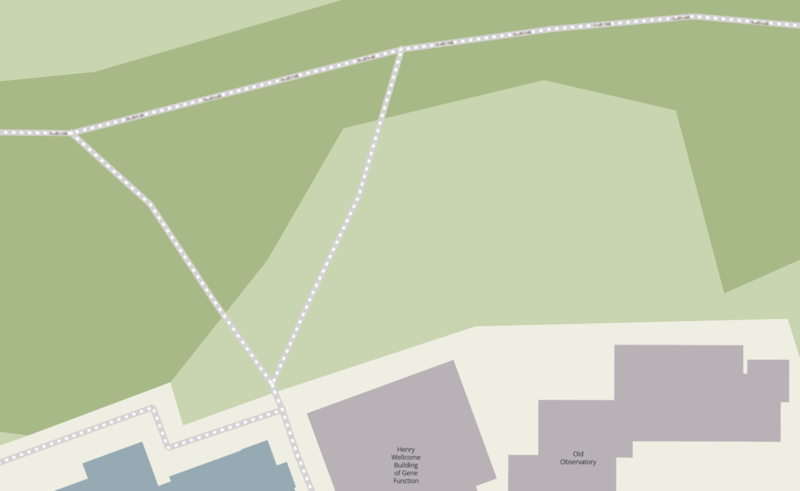The Parks’ Genetic Garden commemorates the contribution to genetics of Professor Cyril Dean Darlington, Director of the John Innes Institute and the Sherardian Professor of Botany, Oxford from 1953 to 1971.
Cyril Darlington established his reputation as one of the foremost researchers in the field on chromosome studies at a time when the chromosomal basis of heredity was not universally accepted. He promoted the fundamental (but then novel and highly contentious) belief that genetics could illuminate every branch of biology.
Among other things he revolutionised the teaching of the plant sciences in Oxford and parallel to, but separate from, the Botanic Garden (which was founded and arranged on a purely taxonomic basis) he began to establish a Genetic Garden.
Darlington started thinking about creating a Genetic Garden almost as soon as he arrived in Oxford in 1953. He asked the University for space to create a garden funded and maintained by the Botany Department, and was given the space to the rear of 9/10 South Parks Road. This was planted in 1957, and was developing well when the University decided to demolish the houses to make way for a new science building.
Darlington approached the Curators of the University Parks about relocating the garden, and, after some negotiation, they agreed to surrender a tennis court behind the Botany glasshouses in the Science Area. In 1964, this was fenced off, to be accessed only from the Science Area and used only for teaching; it was maintained by Botany. The new garden was laid out in formal beds, with groups of plants arranged in relation to areas of interest for teaching and research.
In 1998, the Genetic Garden was redesigned, replanted and opened up to visitors. Mature trees and shrubs planted in 1964 were retained, and herbaceous plants and bulbs from Darlington’s 1964 scheme were replanted, although laid out in an informal style. Other plants of (then) more recent genetic interest were added.
After another 25 years, the Genetic Garden again needs to be recreated, taking account of developments in plant genetics. Over the past two years, the Parks Superintendent has worked with a group of eight botanists and biochemists to produce an entirely new plan for a garden that will provide teaching space for undergraduates, and an illustration of interesting plant genetics for visitors, including children.
As the garden matures, visitors will be able to learn interesting facts about hybridisation and plant breeding, genetic variation and the environment, grafting, and what plants can do and still survive when things go wrong.

Plan of the new design for the Genetic Garden